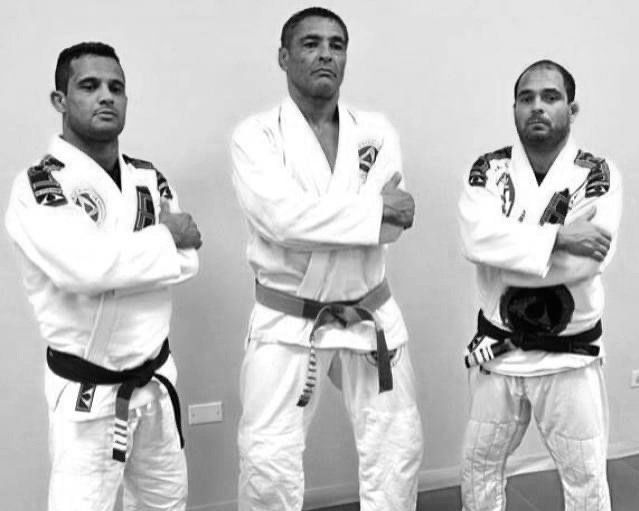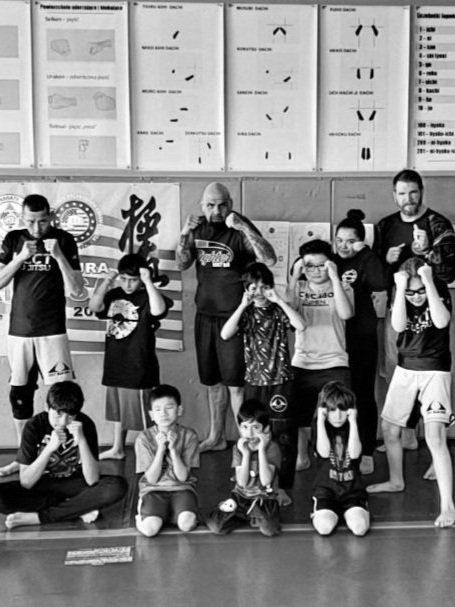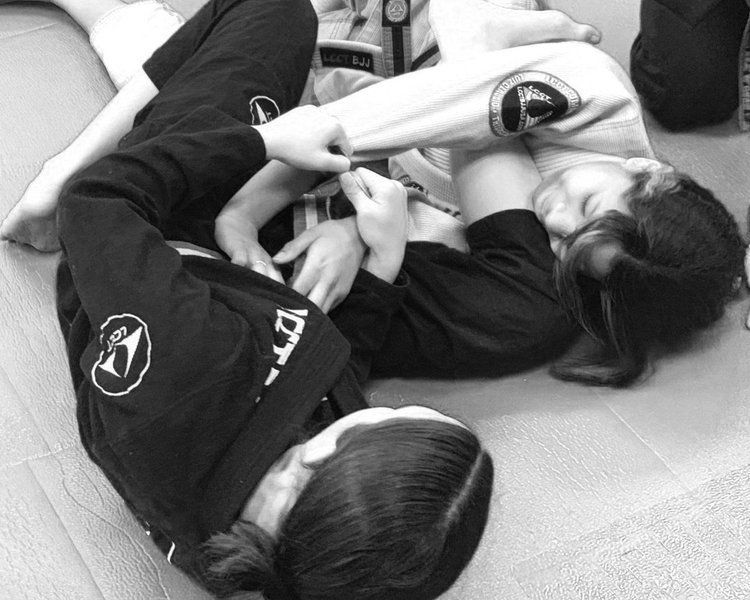Veteran-Owned & Operated
CALL US NOW
The Tradition and History of Brazilian Jiu-Jitsu
Historical roots
The history of Jiu-Jitsu in Japan is rich and complex, spanning several centuries. Here's an overview from its origins to the point where it began to leave Japan:The origins of jiu-jitsu can be traced back to the Samurai class in Japan during the feudal period (12th to 19th centuries). It was developed as a form of unarmed combat for soldiers who might find themselves without weapons.
Traditional Techniques
Early forms of jiu-jitsu included a variety of techniques such as joint locks, throws, and grappling, designed to subdue opponents effectively. It was part of a broader martial arts culture that included various weapon-based arts.
Development of Jiu-Jitsu
By the late 19th century, jiu-jitsu began to be formalized into distinct schools or styles. Notable figures, such as Mitsuyo Maeda and Jigoro Kano, emerged during this time. Kano, a student of jiu-jitsu, founded judo in 1882, which focused on throwing techniques and became a sport.
Judo's Influence
Judo's rise in popularity led to a decline in traditional jiu-jitsu practices as it became more organized and competitive. Many jiu-jitsu practitioners adapted to the new styles, and some traditional schools began to incorporate judo techniques.
International Spread-Maeda's travels
Mitsuyo Maeda, a key figure in the jiu-jitsu community and a student of Kano, traveled extensively in the early 20th century. In 1904, he moved to Brazil, where he began teaching jiu-jitsu and judo to a new audience.
Introduction to Brazil
Maeda's teachings laid the groundwork for the development of Brazilian Jiu-Jitsu (BJJ). His students, particularly the Gracie family, adapted and evolved the techniques, leading to the creation of a distinct martial art that emphasized ground fighting and submissions.
Decline in Japan- Post War Era
After World War II, judo gained further prominence, overshadowing traditional jiu-jitsu practices. The focus shifted toward competitive sports, and many traditional schools struggled to maintain their relevance.
Legacy and Preservation
Although traditional jiu-jitsu became less common in Japan, it still exists in various forms. Some practitioners and schools have worked to preserve its techniques and teachings, often integrating them with modern martial arts practices.
Brazilian Jiu-Jitsu today
By the mid-20th century, jiu-jitsu as a distinct practice began to wane in Japan, largely replaced by judo and other martial arts. However, its legacy lived on, particularly in Brazil, where it evolved into Brazilian Jiu-Jitsu, gaining international fame and recognition. The journey of jiu-jitsu from Japan to Brazil highlights its adaptability and enduring influence in the martial arts world.
proud to support our veterans and first responders! discounts available!
Phone: 239-888-7044 | Address: 2717 Santa Barbara #160 Cape Coral, Florida 33914





